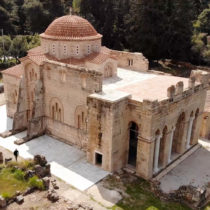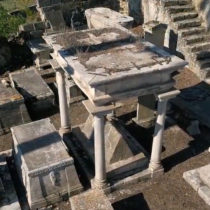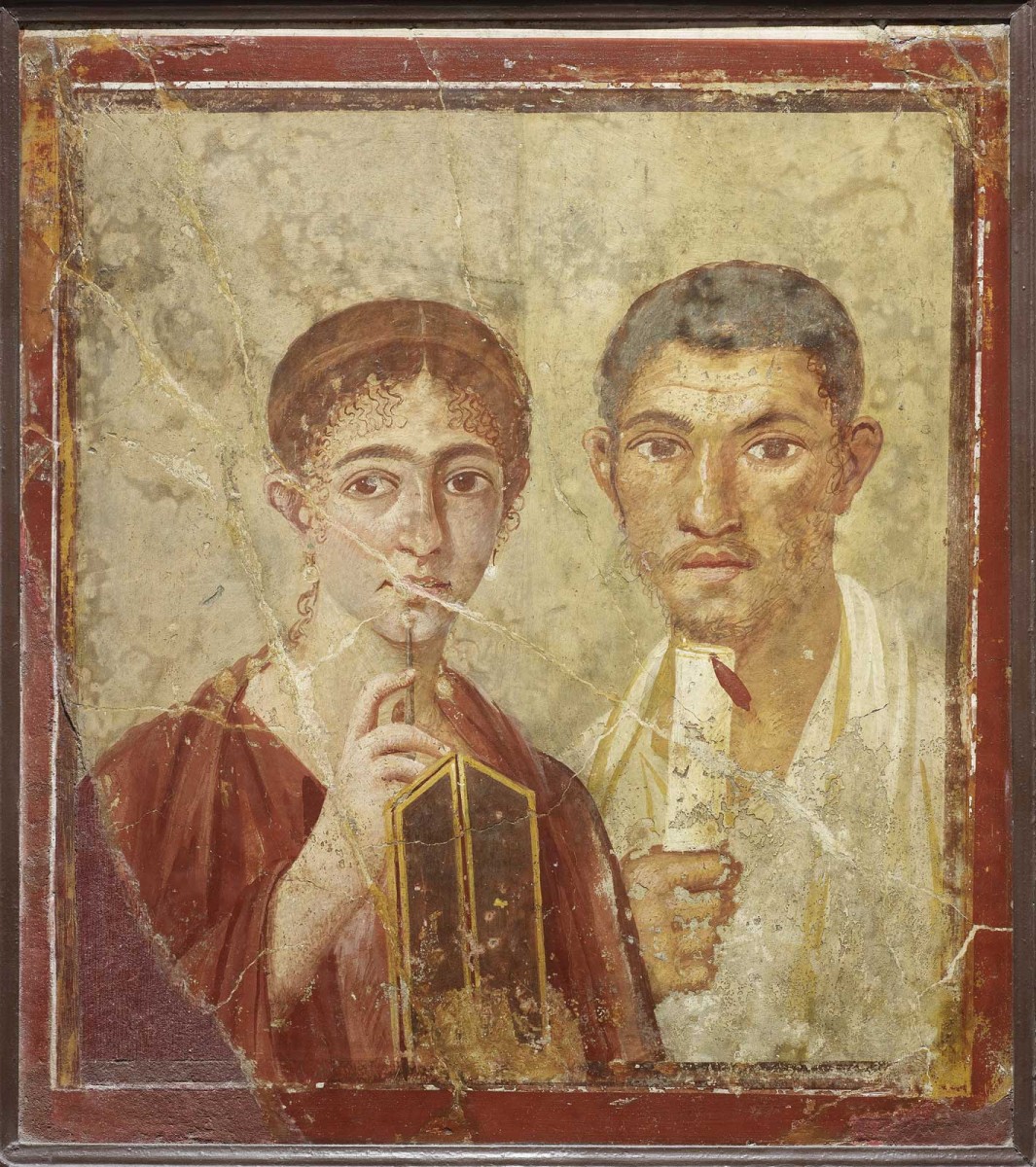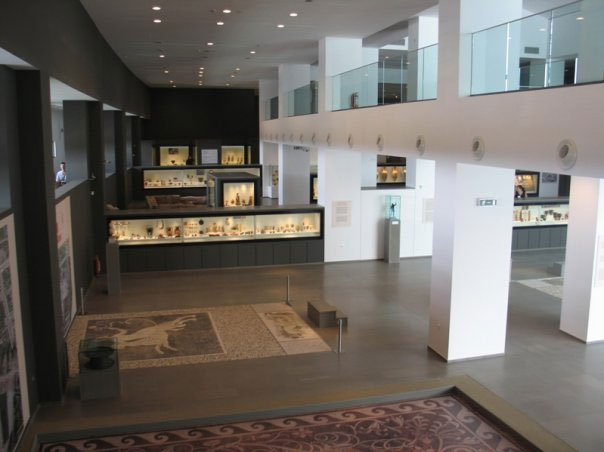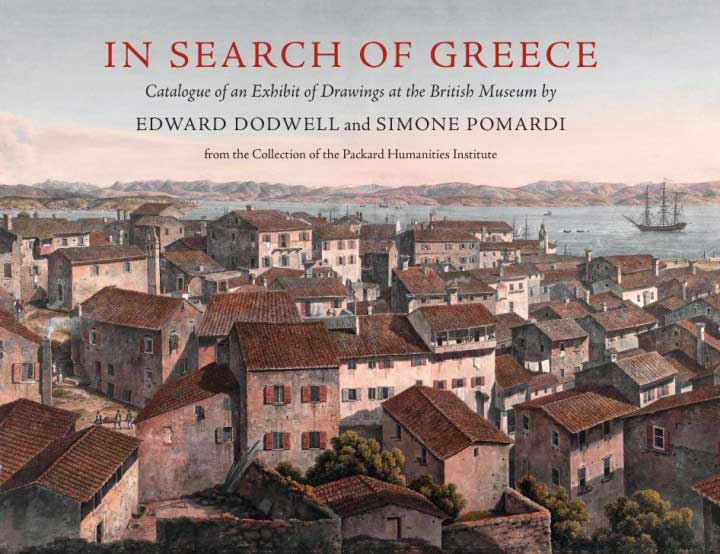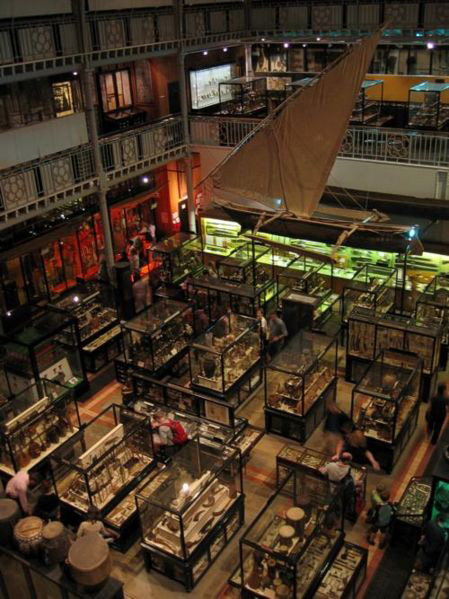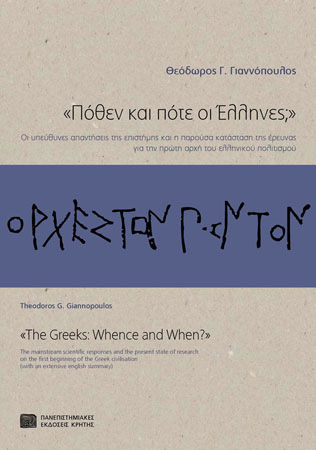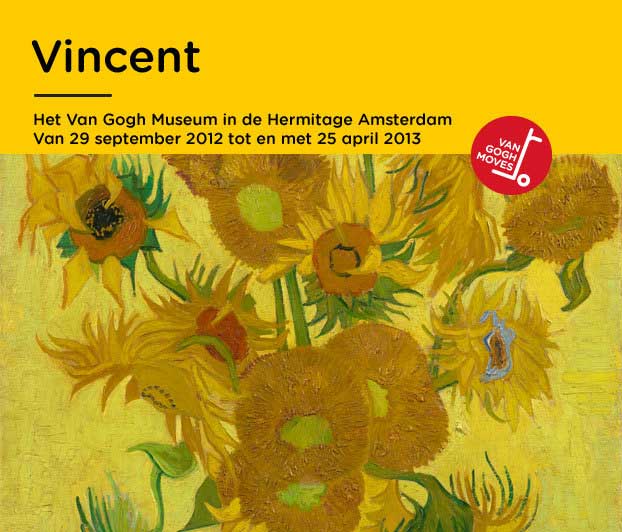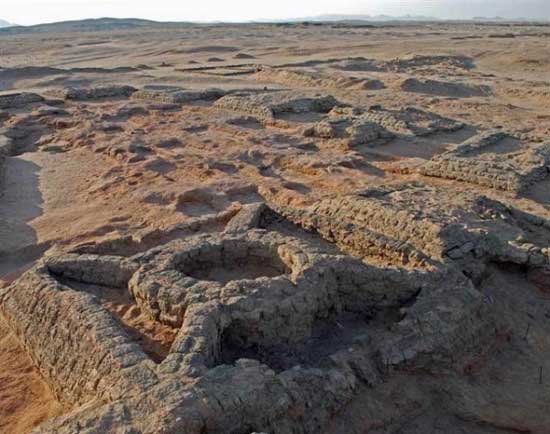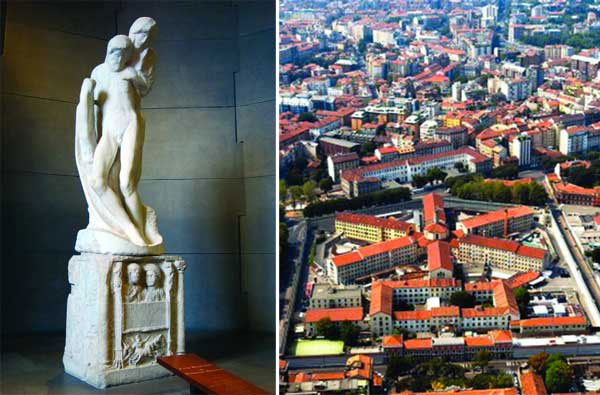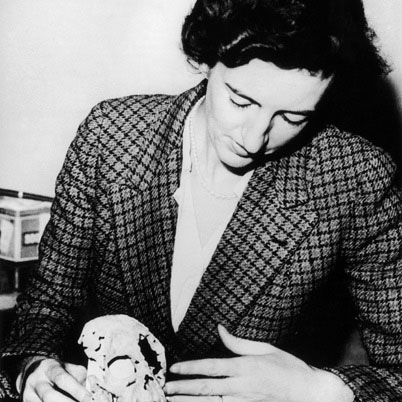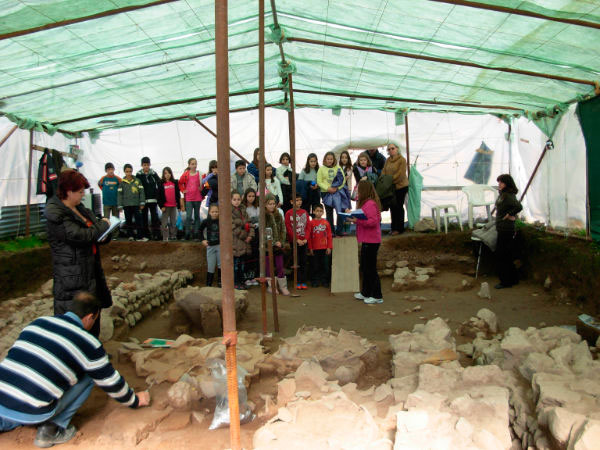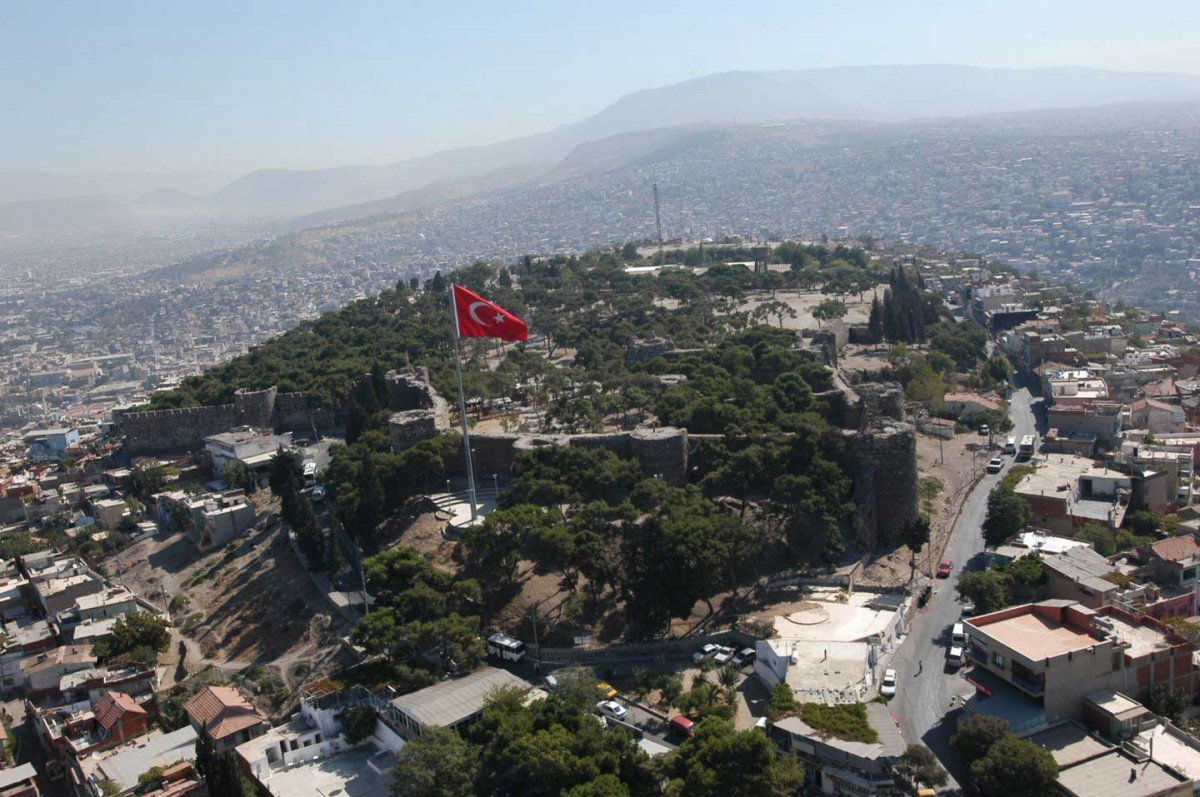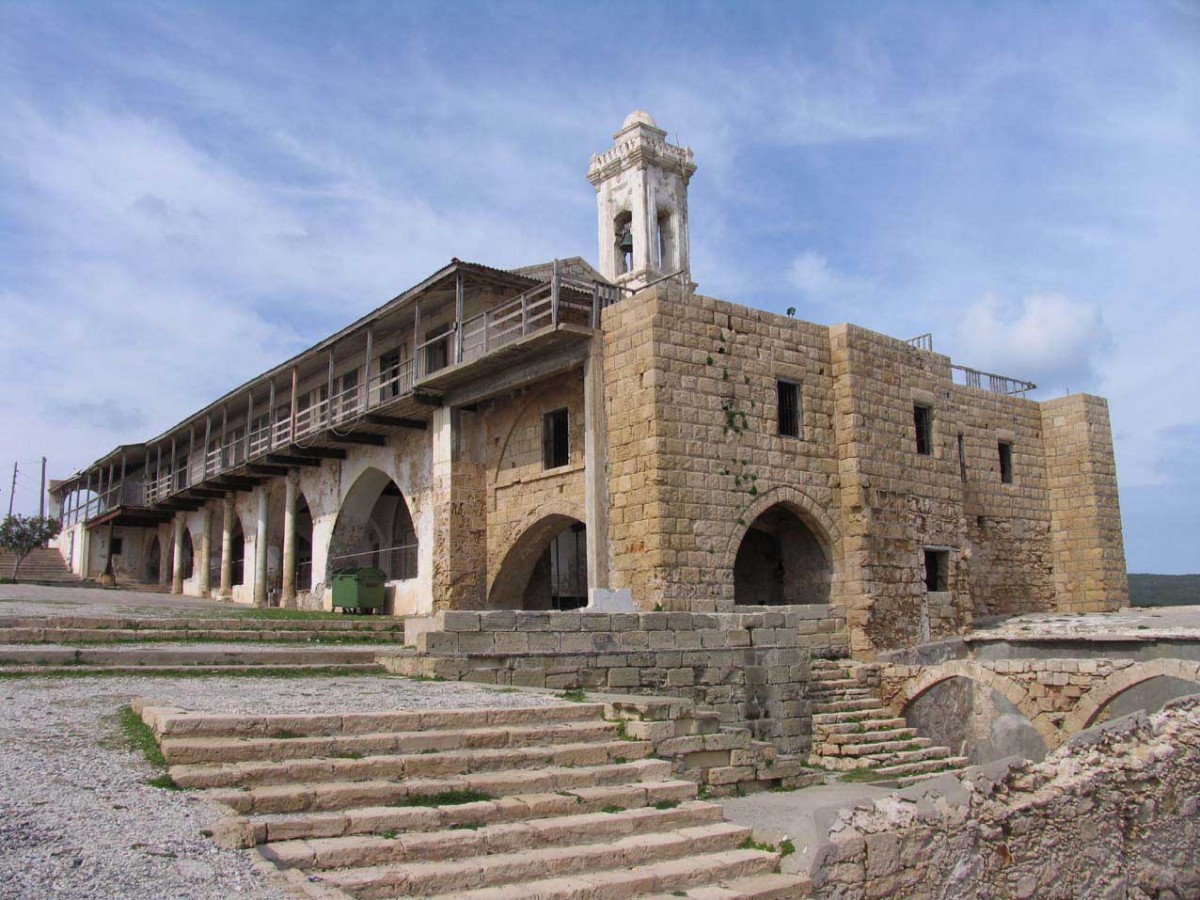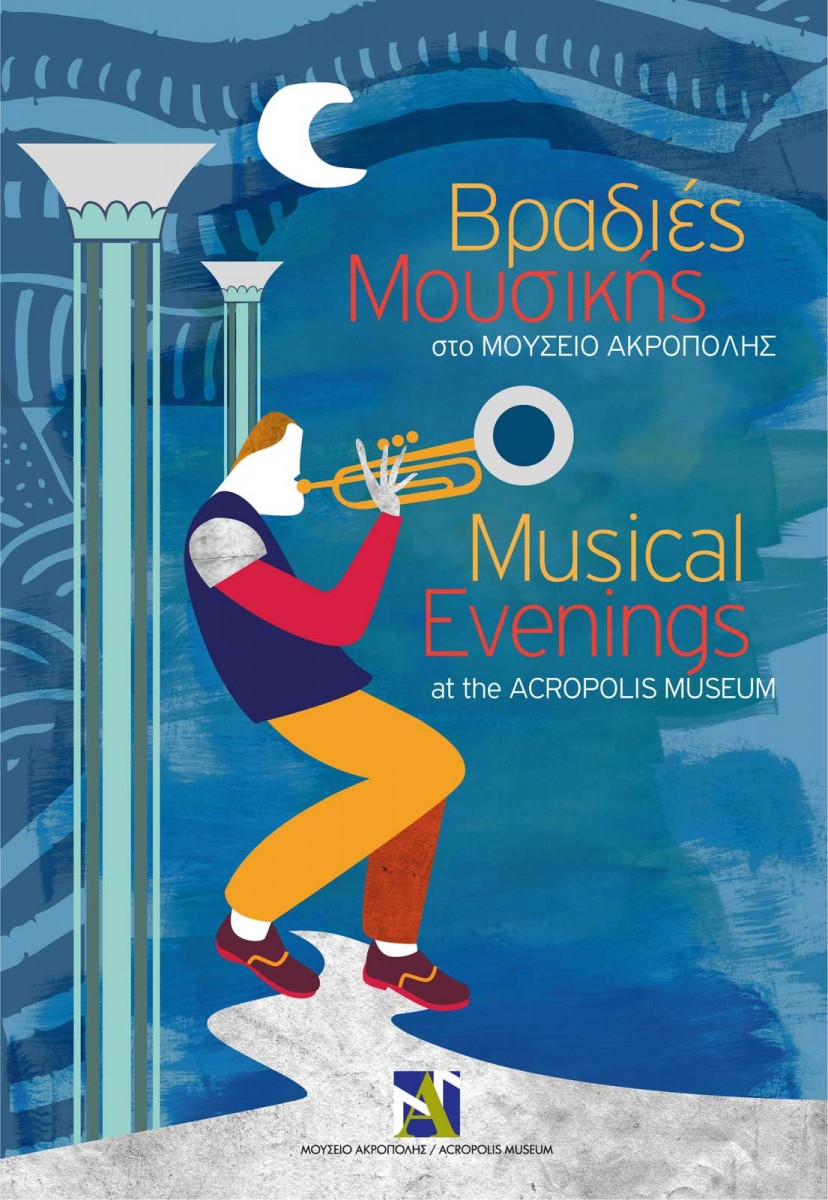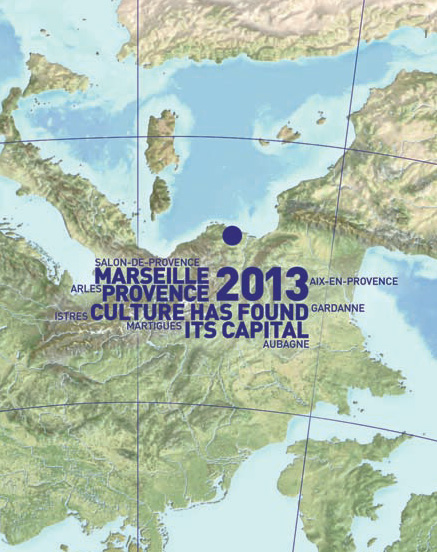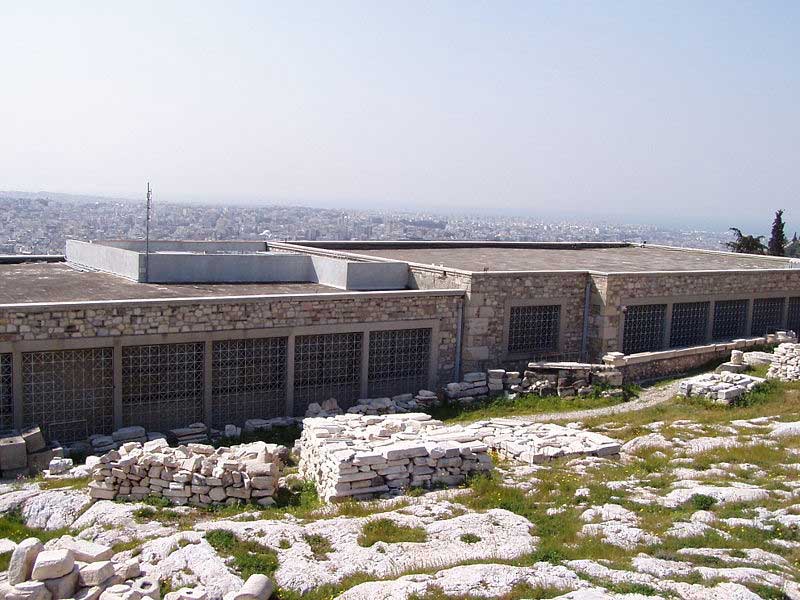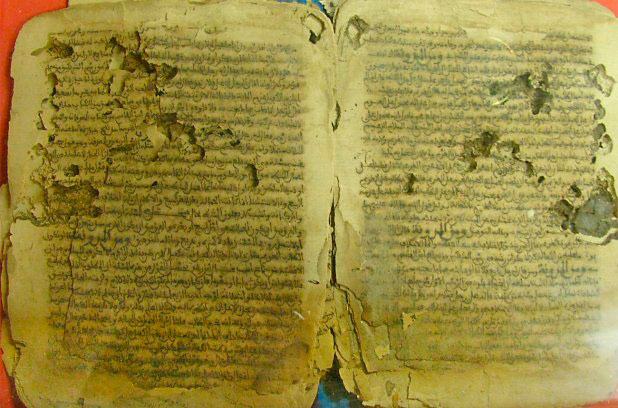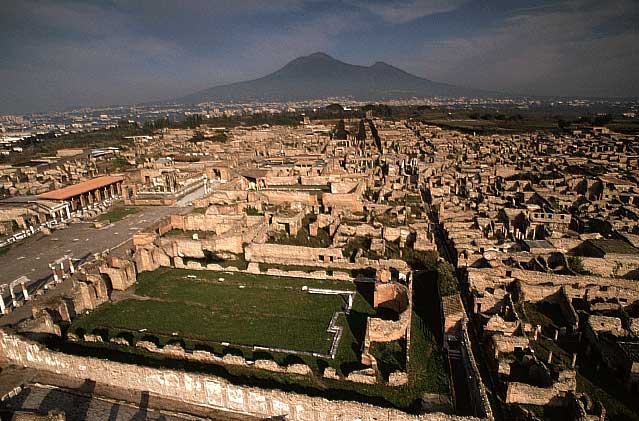Textiles and Cult in the Mediterranean Area in the first millennium BC
An international workshop on the theme of textiles and cult in the Mediterranean in the first millennium BC.
Life and death in Pompeii and Herculaneum
In Spring 2013 the British Museum will present a major exhibition on the Roman cities of Pompeii and Herculaneum.
Conservation work in progress on Samothrace
The conservation works at the Sanctuary of the Great Gods and the Medieval castle on Samothrace.
Treasures of Macedonia at Pella
More than 500 archaeological treasures of Macedonia will be presented for the first time to the Greek audience in a big exhibition to be inaugurated in spring at the Archaeological Museum of Pella.
In search of Classical Greece
Exhibition featuring ancient Greece through the drawings and writings of classical scholar Edward Dodwell (c. 1777–1832) and artist Simone Pomardi (1757–1830), made on their travels in 1805–1806.
23rd ICOM General Conference
From 10 to 17 August, 2013, more than 3,000 museum professionals around the world are expected in Rio de Janeiro for discussions around the theme "Museums (memory + creativity) = social change".
Cultural Sustainability
American Folklore Society's 2013 annual meeting will be held on October 16-19, 2013.
The Future of Ethnographic Museums
This conference aims to stimulate debate about ethnographic museums in the post-colonial period and to envision new ways of thinking and working in those museums in the future.
T.G. Giannopoulos, “The Greeks: Whence and When?”
A systematic and intelligible handbook of the long-standing international research on the first beginning of the Greek civilisation
The Van Gogh experience
"Van Gogh Alive" and "Vincent. The Van Gogh Museum in the Hermitage Amsterdam" both promise visitors a unique experience of art.
35 Pyramids Found in Sudan
Between the years 2009-2012, researchers working at the Sedeinga archaeological site in Sudan succeeded in pinning down and unearthing a total of 35 ancient pyramids, clustered closely together and relatively small.
Face to face with King Richard III
Stunning new exhibition brings to life the dramatic search for Britain’s last medieval king. Earlier this week, the University of Leicester confirmed that human remains buried at Greyfriars in Leicester city centre were indeed those of King Richard III.
La Pietà Rondanini goes to… prison
Due to urgent restoration works at the Castelle Sforzesco, Michelangelo’s La Pietà Rondanini will be moved to a Milanese prison, the Carcere di San Vittore.
British archaeologist on Google doodle
Today Google Doodle depicts British archaeologist Mary Leakey, as it is the 100th anniversary of her birth.
Petition to turn Hagia Sophia into a mosque
The Turkish Parliament's Petition Commission is considering an application by citizens to turn the Hagia Sophia in Istanbul into a mosque.
Discovery of Remains of England’s King Richard III Confirmed
It is the academic conclusion of the University of Leicester that the individual exhumed at Grey Friars in August 2012 is indeed King Richard III, the last Plantagenet King of England.
The prehistoric “Platania” site of Aghia Paraskevi
Pupils of the local elementary schools have visited the excavation conducted at the “Platania” site of Aghia Paraskevi in Lamia by the 14th Ephorate of Prehistoric and Classical Antiquities since 2006.
Graeco-Roman theatre to be revealed in Izmir
A Graeco-Roman theatre is about to come to light in Izmir. First 52 houses have to be demolished in the city’s Kadifekale district.
Restoration of Apostolos Andreas to begin
After many years' efforts, the first step for the restoration of the historical monastery of Apostolos Andreas has been finally made.
Musical Evenings at the Acropolis Museum
From 15 February 2013 to Easter, the Acropolis Museum presents a series of performances with music groups from across the world.
Conferences about the Mediterranean culture
Aix-Marseille Université will hold a series of conferences for the public on every second Tuesday of the month from February to November
Greek archaeologists concerned about the old Acropolis Museum
Regarding the recent decision of the Central Archaeological Council not to declare the old museum as a preservable monument, the Association of Greek Archaeologists issued a press release expressing their concern about the old museum's fate.
The majority of ancient Malian manuscripts are safe and sound
A Malian source directly involved with the conservation of the Timbuktu manuscripts said that 95% of the total documents, whose number in the city and its surrounding region exceeds 300,000, were "safe and sound".
Pompeii’s restoration masterplan set to begin next week
As Italian authorities announced on Wednesday, the long-awaited restoration of Pompeii will start on February 6.

